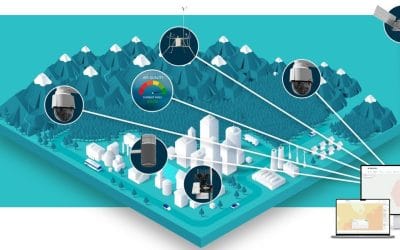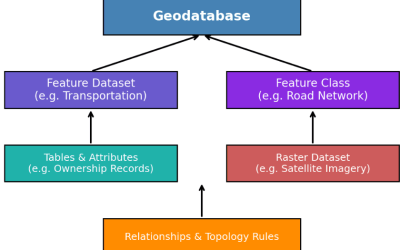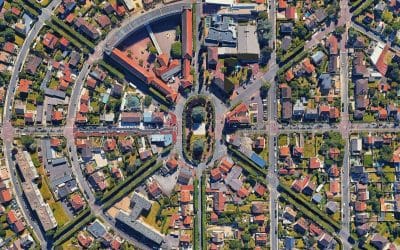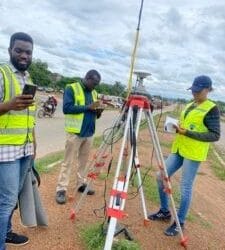What is NISAR?
NISAR (NASA-ISRO Synthetic Aperture Radar) is a groundbreaking Earth-observing mission—a joint collaboration between NASA and India’s ISRO—worth about $1.5 billion. This dual-frequency radar satellite is designed to detect minute changes in Earth’s surface, with precision down to just a few centimeters, regardless of weather or daylight conditions(en.wikipedia.org, en.wikipedia.org).
Launch Details
- When: Slated for July 2025 (following final preparations and a recent launch delay)(timesofindia.indiatimes.com).
- Where: Launching from Satish Dhawan Space Centre, Sriharikota, using India’s GSLV-F16 vehicle(en.wikipedia.org).
Key Mission Capabilities
- All-weather, all-day imaging: Synthetic-aperture radar (SAR) can ‘see’ through clouds and during the night—vitally important for regions with frequent cloud cover.
- High-precision monitoring: Captures changes as small as centimeters—essential for tracking land deformation, glacier movement, or shifting coastlines.
- Comprehensive coverage: Carries dual radar bands (L-band & S-band) to map subsidence, vegetation, biomass, and more(timesofindia.indiatimes.com).
Why It Matters
- Disaster response: Real–time radar imaging can detect earthquakes, landslides, floods, and volcano activity—helping emergency services act faster and save lives.
- Environmental insights: Measures deforestation, wetland health, carbon storage, glacier dynamics, and coastal erosion.
- Agricultural productivity: Provides vital soil moisture and land-change data, supporting smarter farming decisions and water management practices.
A Landmark Collaboration
NISAR represents one of the most ambitious Earth-observation partnerships between a space agency of the Global South and a leading Western agency. It’s a model of how global cooperation can drive scientific progress(en.wikipedia.org).
| Milestone | Details |
|---|---|
| Launch Date | July 2025 |
| Launch Site | Satish Dhawan Space Centre, India |
| Launch Vehicle | ISRO’s GSLV-F16 |
| Mission Duration | Operational for a nominal 3+ years (expected) |
| Operational Orbit | Near-polar sun-synchronous orbit |
What’s Next?
Following launch, NISAR will undergo months of calibration and testing—cross-checking radar signals, refining image quality, and ensuring performance standards are met. Once validated, the satellite will begin full-scale routine monitoring of Earth.
Final Thoughts
NISAR is more than just another satellite: it represents a leap forward in how we monitor and understand our planet. Its innovative radar imaging will support climate science, natural disaster resilience, agricultural improvements, and long-term environmental stewardship. Whether you’re a policymaker, scientist, analyst, or simply an Earth-curious observer, NISAR is poised to deliver a wealth of data that’ll shape our view of our living planet.
If you’d like to explore specific mission instruments, scientific payloads, or how to access NISAR data, feel free to let me know! timesofindia.indiatimes.com


































































































